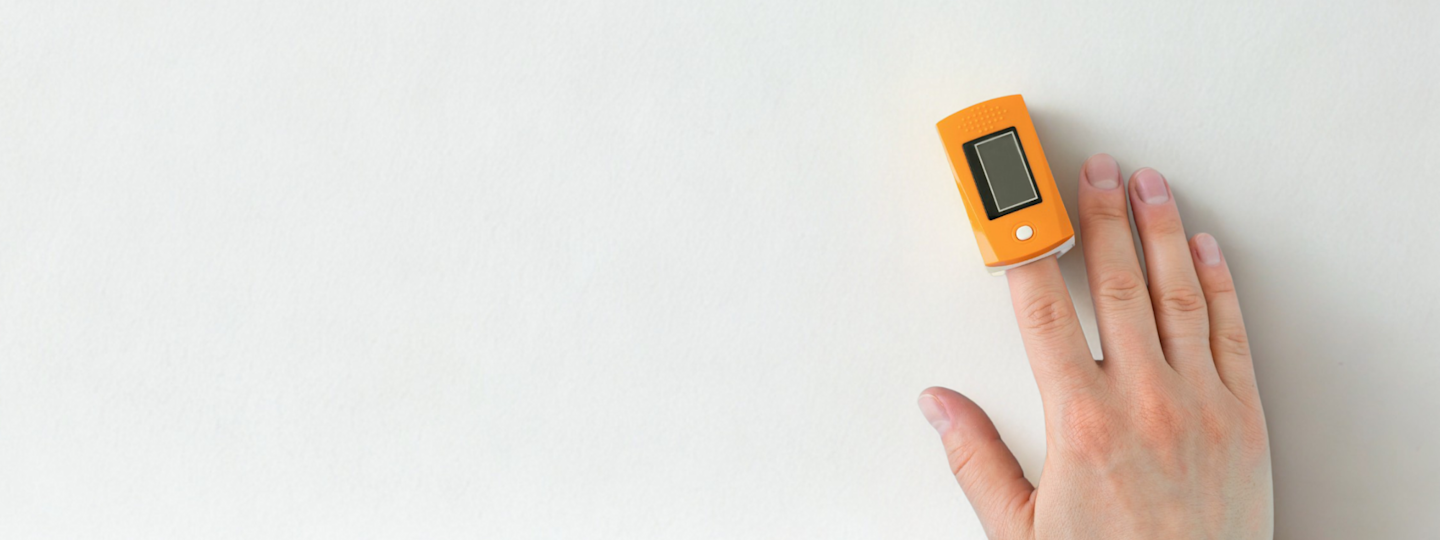
Why Plastic Choice is Critical in Primary and Secondary Pharmaceutical Packaging
Carlota Artieda
Business Development Manager - Healthcare
Ultrapolymers Group
Carlota Artieda, Business Development Manager for Healthcare, comes from 16 years of experience in the pharmaceutical industry. Passionate about making ideas a reality, she connects data and people to drive smart decisions and build meaningful partnerships. With a strong belief in the power of purposeful work, Carlota is committed to delivering results that improve lives through science and collaboration. In this article, Carlota reflects on her experience in the pharmaceutical market and on how plastics play a role in pharma packaging.
In the pharmaceutical industry, packaging is essential for safeguarding drug delivery and meeting increasing demand for self-administration, prefilled systems, and custom therapies. These factors are driving significant market growth, with the global pharma packaging market projected to rise 9.7% by 2030, reaching $265.7 billion. At the same time, stricter regulatory requirements, such as MDR 2017/745, and more stringent sustainability legislation are reshaping packaging strategies.
As consumers, we have all seen the changes made in the packaging of supermarket goods. Plastic has been in the spotlight, and now the medical industry is no longer immune to it. Pharmaceutical companies are evaluating packaging, and the right polymer can make the difference between your packaging solution being ranked a top contender and not finding a place in the market.
Plastic choice is critical because it directly impacts the ability to meet key requirements for pharmaceutical packaging, including:
- Security & Patient Safety
- Supply Chain
- Sustainability
Security & Patient Safety: Transparency Across the Supply Chain
Pharmaceutical packaging must meet the rigorous standards of traceability, sterility, and compatibility with sensitive drug formulations. MDR and ISO 10993 certifications are now baseline requirements. Buyers of pharma packaging are looking for quick and easy access to quality and regulatory documentation to certify the safety of their products for patients.
Choosing the right polymer ensures:
- Containment without contamination for biologics and injectables
- Transparency and documentation for brand owners and regulators
- Quick access to compliance data when working with experienced partners
Reinforcing Supply Chain: Choose High-Quality Suppliers
Over the past several years, the supply chain management of the pharma business has changed drastically. The COVID-19 pandemic exposed the fragility of global sourcing and just-in-time deliveries. Now, localised supply and safety stock strategies are essential, and distributors often outperform manufacturers in versatility, agility, and responsiveness.
Mitigate risks in your supply chain by finding high-quality backup suppliers you can trust, offering:
- Local supply & presence for reduced lead times and quick support
- Safety stock of high-quality, widely accepted polymers
Sustainability and Circularity: Which type of plastic is used in pharma packaging?
Plastics are often seen as villains of sustainability, but in pharmaceutical packaging, they provide effective solutions for the modern market. The industry demands full transparency into Corporate Social Responsibility (CSR), carbon footprint, feedstock sources, recyclability, and much more. Packaging taxes are pushing businesses to adopt sustainable materials and produce recyclable plastic packaging.
In secondary packaging, where there is no direct contact with sensitive drug formulations, mechanically recycled polymers from post-consumer and post-industrial waste are a solution. These recycled plastics, taken from conventional waste streams, sorted, washed, and re-pelletised, offer the greatest reduction in carbon footprint of ≈88%. They are the easiest route to meeting the new Packaging and Packaging Waste Regulation (PPWR), whilst making an attractive PCR packaging solution that attracts brand owners and consumers.
For primary packaging, however, where the material is in direct contact with the contained pharmaceutical, a sustainable material with all the regulatory approvals required of a traditional prime/virgin-grade plastic is required. This is where bio-attributed and advanced recycled polymers come into play. These plastics are produced from monomers sourced from organic resources, or hard-to-recycle plastics that have undergone chemical recycling or pyrolysis. Advanced recycled and bio-attributed plastics come equipped with all of the regulatory approvals of a traditional medical-grade plastic. However, being made from renewable monomers and minimal fossil-based resources, these plastics can achieve up to a 50% reduction in carbon footprint.
Biopolymers such as PLA are also proving to be successful. A customer of Ultrapolymers, elm-plastic, has demonstrated this by using BIOVOX’s 100% bio-based PLA material for their plunger and piston pipette. Making this material change has resulted in a biobased, recyclable, and biodegradable product that is energy-efficient to produce, facilitates a circular economy, reduces material consumption, and lowers the product’s carbon footprint.
Conclusion: Carlota’s Thoughts
Since joining Ultrapolymers, I have seen firsthand how a strategic approach to polymer selection can address industry challenges in security, supply chain, and sustainability. Here is what we bring to support this critical decision:
- Security & Patient Safety: A quality team with extensive regulatory experience and strong supplier relationships supports customers in meeting critical requirements.
- Strong Supply Chain: Local offices and multidisciplinary teams support the supply chain and production technical support, backed by a global network to ensure supply resilience and support manufacturing across continents.
- Sustainability Leadership: A growing portfolio of bio-based and recycled options supports circular solutions with Ultrapolymers' ISO 13485-approved recycling plant.





